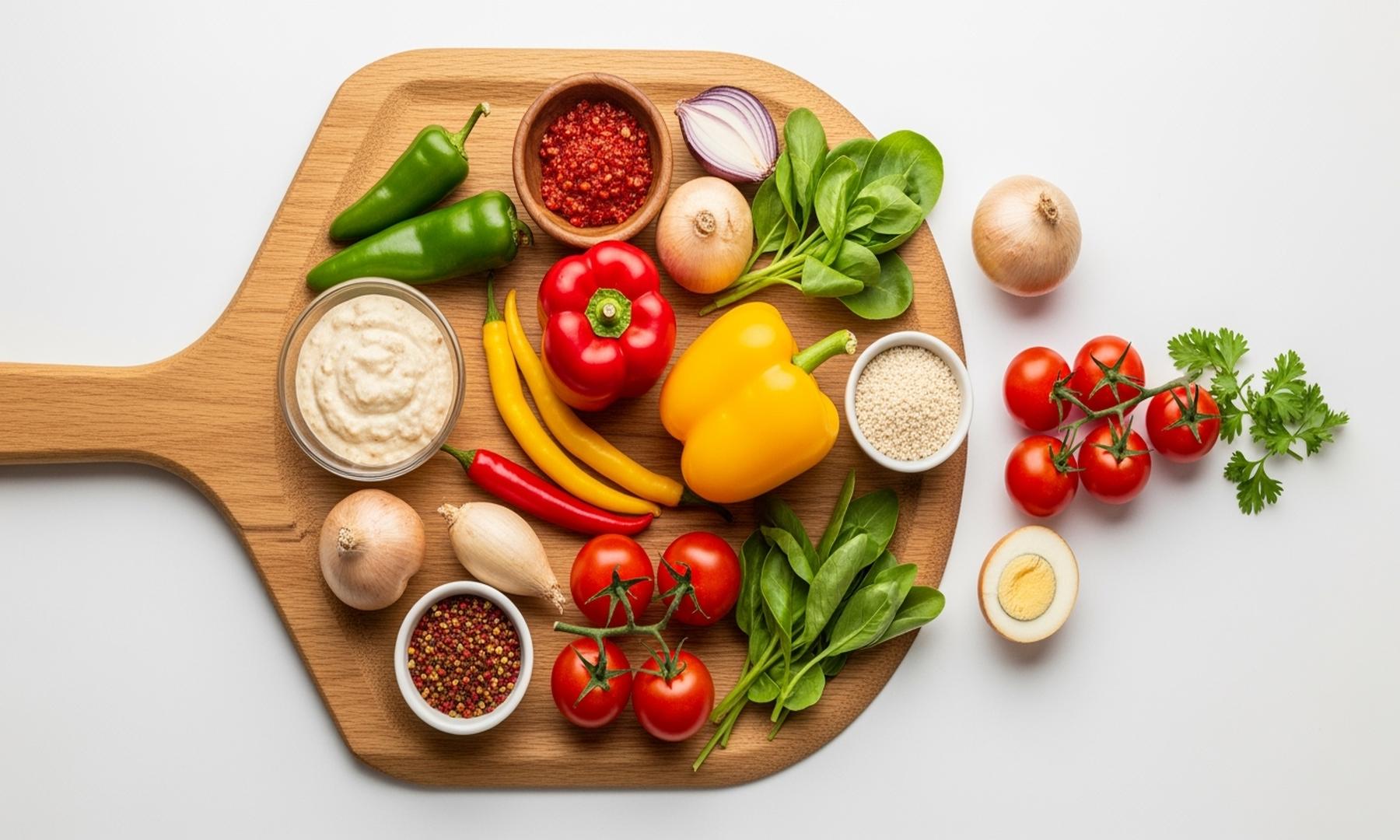What's Happening?
New York City is experiencing a resurgence of French restaurants, marking a shift in the culinary landscape. This trend is characterized by a blend of traditional French techniques with global influences, as seen in establishments like Ha’s Snack Bar
and L’Abeille. The city's history with French cuisine dates back to the 1930s, with iconic venues like Le Pavillon and Lutèce setting the stage for fine dining. The current wave includes diverse offerings, from Vietnamese-French fusion to Creole-accented dishes, showcasing the adaptability and enduring appeal of French culinary traditions.
Why It's Important?
The revival of French dining in New York signifies a broader trend in the restaurant industry, where classic cuisines are being reimagined to cater to contemporary tastes. This evolution reflects changing consumer preferences and the city's role as a culinary hub that embraces innovation. The new wave of French restaurants contributes to the diversity of dining options, attracting food enthusiasts and supporting local economies. It also highlights the influence of global culinary techniques on traditional French cooking, fostering cross-cultural exchanges and culinary creativity.
What's Next?
As French restaurants continue to gain popularity, they may influence other culinary trends and inspire chefs to explore new fusion concepts. The success of these establishments could lead to increased investment in the restaurant sector, encouraging more entrepreneurs to experiment with global flavors. Additionally, the focus on French cuisine may prompt discussions about culinary heritage and the preservation of traditional cooking methods in a rapidly changing food landscape.
Beyond the Headlines
The resurgence of French dining in New York reflects broader cultural dynamics, where nostalgia and innovation coexist in the culinary world. This trend may impact the city's identity as a food capital, reinforcing its reputation for embracing diverse culinary influences. It also raises questions about the sustainability of traditional cuisines in a globalized market, where chefs must balance authenticity with modern demands.















